Home » Posts tagged 'virtualreality'
Tag Archives: virtualreality
Virtual Reality Could be the Future of Education

Virtual Reality is quickly evolving and becoming a second world through our eyes. To be able to see different worlds and experience things through a headset can mean students can be exposed to more educational resources. Students can learn about other countries, anatomy, the ocean, and much more with one simple tool.
Students can take a quick trip to France in 40 minutes within their class period with a VR headset. VR allows the users to see different things easily, and very realistically. Virtual Reality can bring more engagement into the classroom as well because not only is it informational, but it is a fun experience for students. It can give the students something to look forward to in school. Virtual Reality allows students to see things in different dimensions, different countries, space… mostly anything you can think of. VR headsets can be very beneficial in the classroom.
In terms of Global Collaboration, students will easily be able to see into a different country and interactively see it themselves. Using Virtual Reality to teach students about other countries can be more impactful because the students will be able to see the world in their own eyes without actually being there, and it is very different than just looking at a photo. It gives the students more interest in wanting to see more of the world and learn about what is going on in different places.
Virtual Reality can be a great resource in the classroom for many different reasons. Schools should look more into these devices because the benefits and convenience of using them are unbeatable for what these simple devices can do!
Thank you for reading!
National Geographic VR in the Classroom
Virtual reality is still something new and always growing. I would say the main use for it right now, is for gaming. There are many gaming VR headsets being made, and games always being made. It definitely gets better as the years go on.
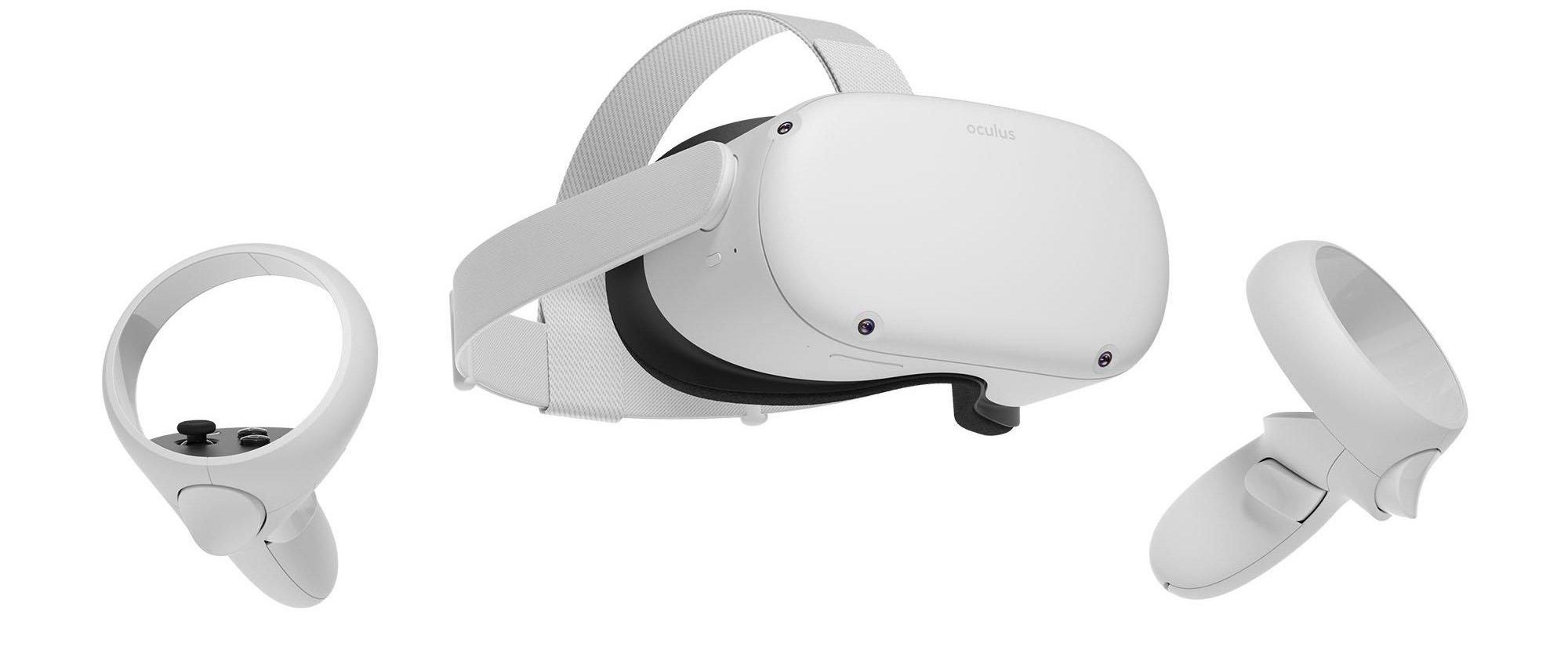
I own an Oculus headset and just use it to play games with my friends. The technology is great, and you really feel you are in the setting. The graphics are usually never anywhere near realistic, but that is not what it is about right now. The better graphics will come in time. It is all about how it makes you feel.
In one game, my friend and I were on this hot air balloon. It took us up to the sky, and we would look around us for the view. It did make me feel a little dizzy and made me feel like I would actually fall to the ground in my room. It was so weird to think about. My body and mind felt like I was in the air, but in reality I was standing in the middle of my own room.
After doing some research, I came across an app for the Oculus called “National Geographic Explore VR.”
It is all about virtually visiting different landmarks, countries, and environments. I think this is such a great way to put this technology to use.
Not only that, it would be perfect for the classroom setting. Students would have a great time using the headset and app. It would really engage them to pay attention and to apply themselves into the lesson.
This app would always play a big part in contributing to global collaboration.
Throughout the course, we have seen so many examples of global collaborating by video chat between classrooms. These classrooms are usually from different parts of the world.
I can see two classrooms from opposite sides of the world learning from each other. They could speak about so many different things, like:
- Their cultures
- Differences in their everyday lives
- Political views
- Education system
There is an endless amount to talk about.
Students could use the app to visit the classroom’s country and explore for themselves. The classroom could recommend areas to look out, or specific landmarks that are significant to the country.
This would aid students in fully understanding their fellow classmates from other parts of the planet. The students would have a real grasp of everything discussed and hopefully retain the information. They should also have plenty of fun in doing so and immersing themselves in a whole other location.
Using an Oculus for global collaboration does not just have to be with this specific app. I am sure there are similar apps that may have better features in certain aspects. More will be made as the technology continues to develop. There is no doubt that this should have a part in education for the success of students all around the world.
Virtual & Augmented Reality
Virtual Reality (VR) in classrooms can reform education and contribute fundamentally to successful global collaborations, especially in accomplishing the United Nations’ Sustainable Development Goals (SDGs). For this discussion, we should zero in on utilizing Google Earth Visits in K-12 education to address the Global Goals I’ve accomplished for my project, Global Goal 4: Quality Education.
Global Goals 4 expects to guarantee comprehensive and impartial quality education and advance deep-rooted learning open doors for all. VR devices like Google Earth Visits can assume a significant part in gathering this goal by giving vivid and intuitive growth opportunities that rise above customary study hall limits.
Google Earth Visits
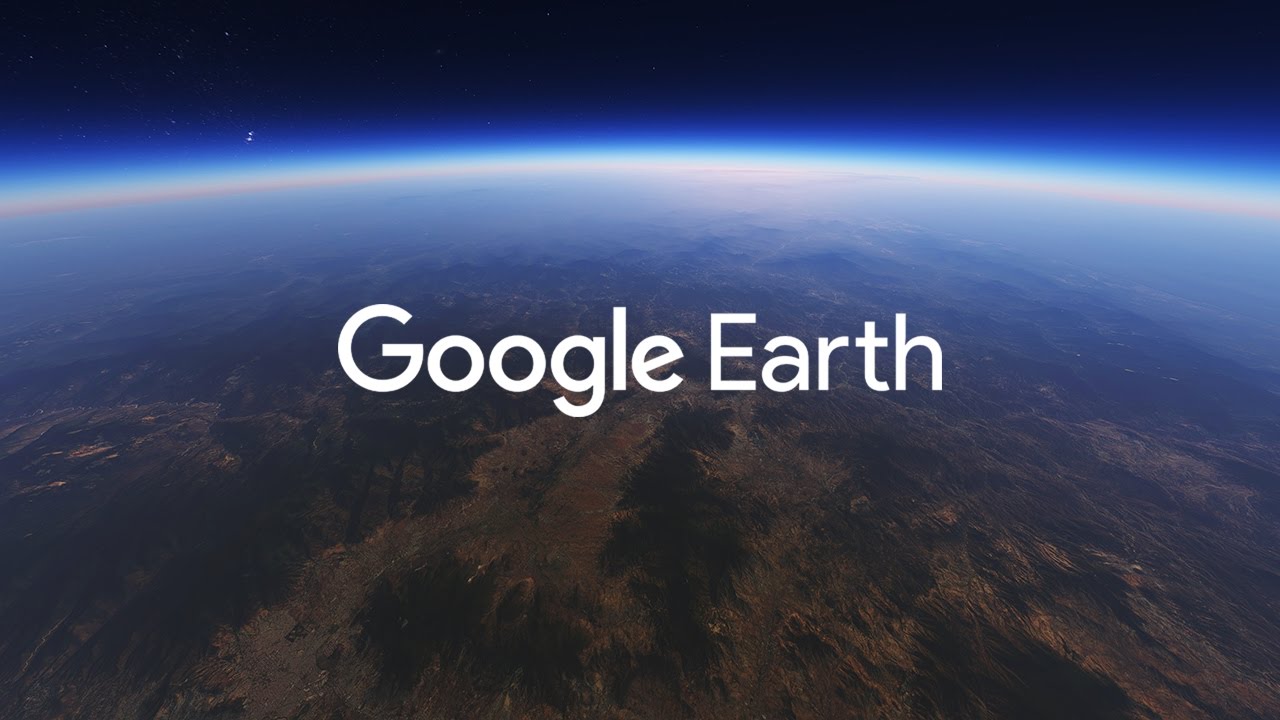
Google Earth Visits is an instructive apparatus that permits instructors and students to investigate the world practically through 360-degree all-encompassing pictures. It will empower students to “travel” to different areas and experience virtual field trips. By utilizing VR headsets, for example, Google Cardboard or the Oculus Mission 2, students can feel present in those areas, regardless of whether they are many miles away.
Within this video provided by Google, we are able to look into the way Google Earth working with VR shapes our experience.
Upgraded Global Collaborations
VR can break social obstructions and cultivate multifaceted comprehension. By encountering better places, societies, and networks through VR, students can foster sympathy and appreciation for variety, prompting more agreeable Global coordinated efforts. VR can also work with constant cooperative tasks among students worldwide. For instance, students from various nations can collaborate on a virtual recreation of verifiable destinations or work together to tackle worldwide difficulties like environmental change or ecological preservation. Next, VR can establish language learning conditions where students can work on talking and listening abilities with local speakers from various nations, advancing language capability and intercultural correspondence. And finally, Through VR encounters, students can acquire a more extensive point of view on worldwide issues like poverty, inequality, and environmental degradation. This understanding can motivate them to become proactive worldwide residents and work together to address these difficulties.
Meeting Global Goal 4 – Quality Education
VR innovation permits students in underserved regions or far-off areas to get instructive encounters they probably won’t have. Virtual field excursions to galleries, verifiable destinations, and regular marvels can enhance their learning and advance a more comprehensive school system. Also, VR gives a seriously captivating and intelligent learning climate, which can improve students’ maintenance and comprehension of perplexing themes. It can make learning fun, starting interest and adoration for learning. VR can take special care of assorted learning styles, furnishing customized opportunities for growth to students with various capacities and learning inclinations. This inclusivity lines up with the rule of abandoning nobody, as underlined in the SDGs. And finally, VR can likewise be utilized for proficient improvement for instructors, empowering them to encounter new showing techniques, best practices and team up with teachers worldwide. This constant learning can work on the nature of schooling conveyed in homeroom.
Within a lesson plan employing Google Earth’s wonders, we have been given the following instructions…
“Teachers can use I’m Feeling Lucky and Street View in Google Earth to randomly select a location in the world and relate it to multiple content areas. Teachers can also choose to preselect a location that lends itself well to relevant standards and objectives using Search or Voyager Stories.”
https://storage.googleapis.com/gweb-earth/education/pdf/EN_PassportWarmUp_7thGrade.pdf
This captivating lesson, accompanied by its counterparts found within the provided link, seamlessly integrates the power of VR and Google Earth, culminating in a plethora of thrilling educational experiences for young minds.

Utilizing Google Earth Visits or comparative VR apparatuses in homerooms can add to practical worldwide joint efforts and accomplish Worldwide Global 4: Quality education. By cultivating compassion, breaking social boundaries, and giving admittance to different learning potentials open doors, VR can engage students to become dynamic members intending to worldwide difficulties and pursue a manageable future.
Virtual Reality in Classrooms, What Fun!
As we may know, there is a significant rise in technology. Nowadays, technology can either be seen right in our own homes, right outside our windows, or in our own hands. With the rise of technology comes the inspiration for new ideas. We all love our phones. We all love playing games on our phones, reading, writing, and even watching movies on our phones. And now, thanks to new technology, there is a way to bring all that to us in a new fun experience.
Virtual Reality, better known as VR, is precisely how it sounds. A reality that is not real but is made to be with the hard work of professionals. With these new experiences, millions of people have begun to submerge themselves in the newfound experience. Being able to go for a run right in the comfort of your own home doesn’t sound too bad. But, with more work, there is a way now that not only adults but children are able to experience and learn new things, even in a classroom. VR is the future of our classrooms.

With the rise of Virtual Reality in classrooms, there are bound to be people who would prefer to avoid the idea of technology running the classroom. They may be scared that their children will become addicted to technology. Or they are afraid that technology does not teach as well as actual humans do. While these are valid concerns, VR can bring many offers to students.
The article states,
“Students expressed enthusiasm for learning with VR, with 87 percent of all responses indicating that the VR lesson was useful, enjoyable, and something students would like to learn with in the future “
Flynn, Catt, and Peter Frost. “Making VR a Reality in the Classroom.” EDUCAUSE Review, 16 Apr. 2021, er.educause.edu/articles/2021/4/making-vr-a-reality-in-the-classroom.
So, with that enthusiasm comes the progress.
The benefits that VR in classrooms may bring to the table may include the following:
Enhanced Participation: Students are captivated by virtual reality and encouraged to learn actively. Understudies can investigate and connect with subjects like history, science, and topography, making picking up drawing in and intelligent.

Experiential Learning: Virtual reality (VR) enables students to participate in experiential learning by simulating actual events. Students in engineering and medicine can practice procedures and designs, gaining confidence and practical knowledge.
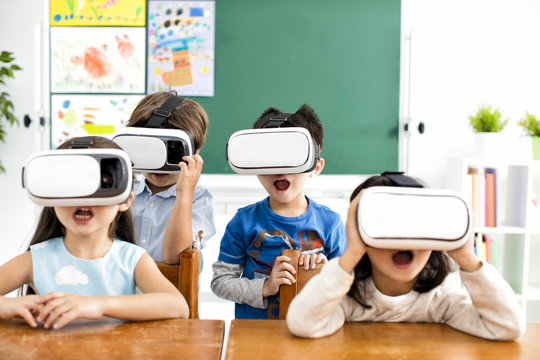
Access to Unreachable Locations: VR transports understudies to distant areas and periods. They can travel, learn about ancient civilizations, observe historical events, and cultivate cultural empathy.

Individualized Instruction: VR permits fitted growth opportunities to address individual issues. Platforms can be adapted to the abilities of students, providing individualized instruction, revisiting concepts, and immediate feedback.
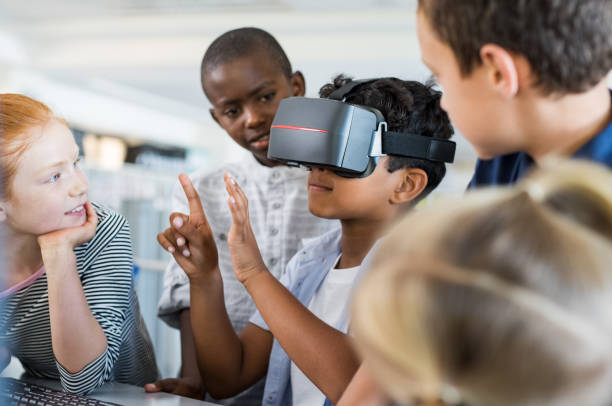
Social Learning and Collaboration: Students can collaborate, communicate, and solve problems in VR-facilitated collaborative learning experiences. They can interact with peers and experts from all over the world, fostering collaboration and cultural exchange.
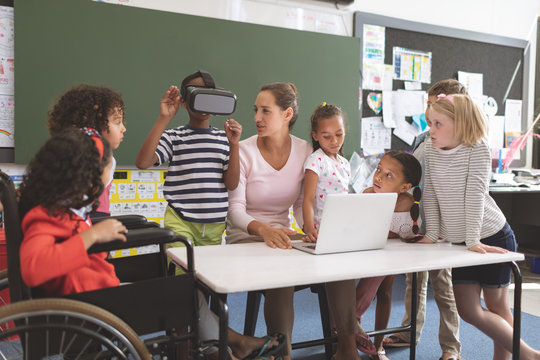
Better retention and motivation: VR further develops understudy inspiration and maintenance. Students are captivated by its immersive nature, which results in memorable experiences and increased engagement and knowledge retention.
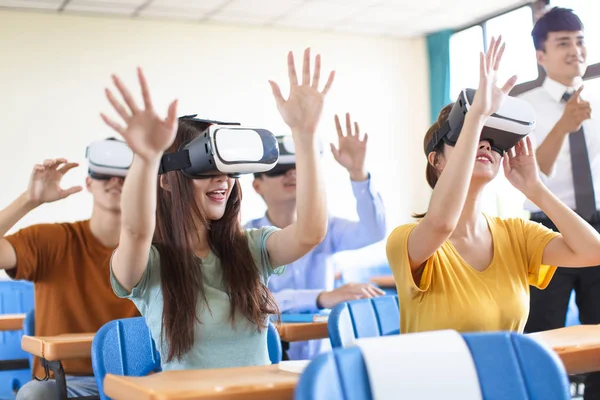
Virtual reality can possibly upset instruction by giving a vivid and intelligent growth opportunity. Using virtual reality in the classroom has numerous advantages. As this tech becomes more accessible, teachers should embrace its capability to establish a dynamic and viable learning climate that prepares understudies for future difficulties. Students can gain the knowledge and skills they need to succeed in the digital age by incorporating virtual reality into their classrooms.
I look forward to seeing the future with Virtual Reality in classrooms. We have the technology; we might as well use it.
Thank you!